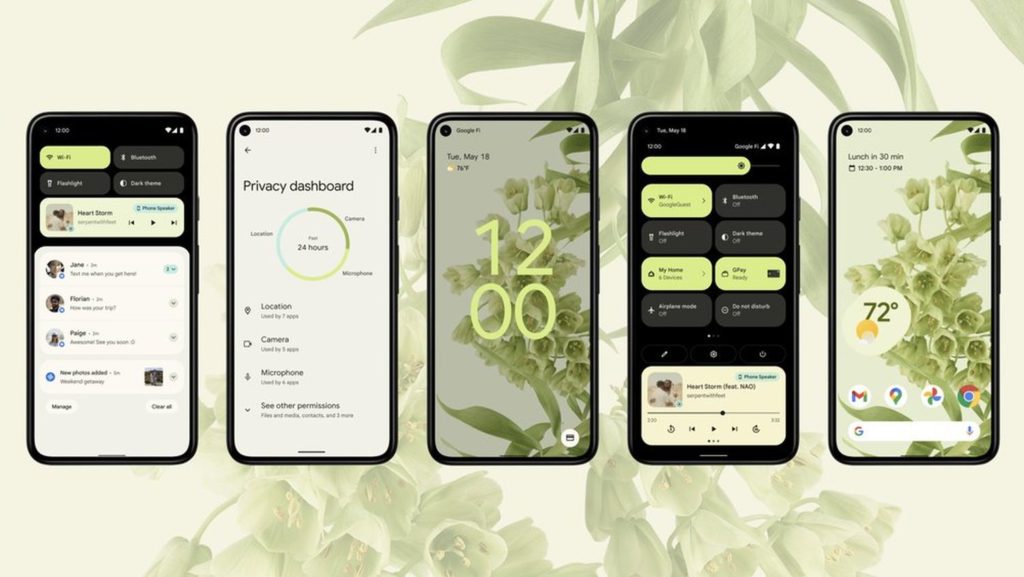When it comes to purchasing new devices, consumers are divided into two groups. Those who prefer studying all the new features from the reviews and those who prefer test-driving the device blindfolded. Both options have their benefits and disadvantages. Learning about the new features in advance will show you what to expect from the device and what’s what. But it takes the excitement away.
Still, the excitement of discovering the device on your own is not the main reason why certain users avoid checking out the reviews or reading manuals. The most common reasons include laziness and lack of time. More exotic reasons include:
- The assumption that you’re too bright for it
- Thinking that common sense is enough
- Desire to speak with the support team
However, avoiding checking out the reviews because of lack of time may lead to wasting more time. Did you use your smartphone for writing assignments? You cannot locate the needed feature, and you end up looking for an essay writer for hire to have more time. Both to figure out the functionality of your new device as well as for leisure away from college tasks.
Another reason why people don’t check out reviews or manuals is that they tend to use devices that run on the same software. This brings the idea that the next model won’t differ much from its predecessor. Mostly, this assumption is right. But mostly doesn’t mean always. Frequently, the features that were available on the previous model may not be supported by its successor.
Reviews can help you figure out whether the new model is worth your money. If you’ve purchased a device that runs on Android 13 without checking out the reviews, it’s time to check them. But, if you’re already here, find some do my homework for me service, and while the professionals take care of your assignments, let’s check out the pros and cons of Android’s latest release. Let’s start with the benefits.
Color Customization
Material You was introduced in Android 12. Material You was presented as “a radical new way to think about design.” The unified design language allows you to gain more control over the color palette of your device’s display. It’s based on the wallpaper of your choice, and the background adapts to its color scheme. Android 13 offers a better version of Material You.
This time, not only the background and Google apps adopt the color scheme of the wallpaper, but most non-Google apps too. Twitter and Meta-products do follow the palette. However, LinkedIn will pull out from the color scheme. With Material You, your Android 13 device will shine with your individual style.
Language Customization
Are you a multilingual person? Are you studying several foreign languages? If you are out of the linguistic zone of the language that you’re studying, setting your device to that language will prevent you from forgetting it completely. But let’s be fair; there are certain things that you understand better in a particular language. Thus, setting your whole device to one language can mess up your work.
With Android 13, you won’t face problems like suddenly forgetting what “boîte d’envoi” means in your Gmail, as now you can set a preferred language for individual applications on the device. That is pretty much a game changer for multilingual users. Like, if you need your device in English but need driving directions in German, that’s no longer an issue. Android 13 even supports a braille display by default.
But this multilingual setup doesn’t work with every app. Yes, most Google apps can be customized this way. When it comes to third-party applications, you can customize them based on your multilingual preferences only if they support language selection. In other words, the multilingualism of Android 13 is great but falls a bit flat on its face.
Multitasking Bonanza
You know the hell we sometimes have to go through when we want to share some content between devices. You want to share a text or picture or even a URL, and that should be easy. Instead, you have to go through multiple apps to save and finally share it. Well, things are easier with Android 13. You no longer have to send the link to yourself via Gmail on your smartphone to open it later on your laptop.
With the latest update, all you need is to tap and hold the item that you want to share, search for the device you want to share it to, and simply paste the item to it. Things are even easier for the owners of Chromebooks. If your Chromebook and your smartphone are connected via Bluetooth, you can simply stream content between them. It really makes things easier for those who prefer taking work to your home.
Have to finish some tasks but realize that one more minute in the office will make you sick? Simply stream what you need to your home Chromebook, and finish the required tasks at home. So, no more struggling through multiple apps to send information from one device to another.

Okay, so those were the main benefits. Most of your apps adapt the color scheme of the wallpaper. You set language preferences for most apps individually. And you don’t have to use multiple apps to send something from one device to another. All seems well with Android 13 so far. But, there are some drawbacks that should be discussed as well.
The Update Feels Small
Yes, certain things are great, but as a whole, the update is not that big. Material You is advanced. Language customization got better. And sharing content is easier with Android 13. And that’s it. Compared to previous versions, there are not so many marquee features to talk about.
Customization Features Limitations
While everything seems great at first glance, the language customization is rather limited. The fact that you cannot customize all the apps on your device is a bit disappointing. But, who knows, maybe Android 14 will fix that issue.
Final Thoughts
Android 13 features some nice updates, but if you expect some radical changes from the previous version, you’re looking in the wrong place. However, those who enjoy stability will surely like Android 13. That’s the case where you can easily find what’s what without checking out the reviews or going through the device’s manual.




